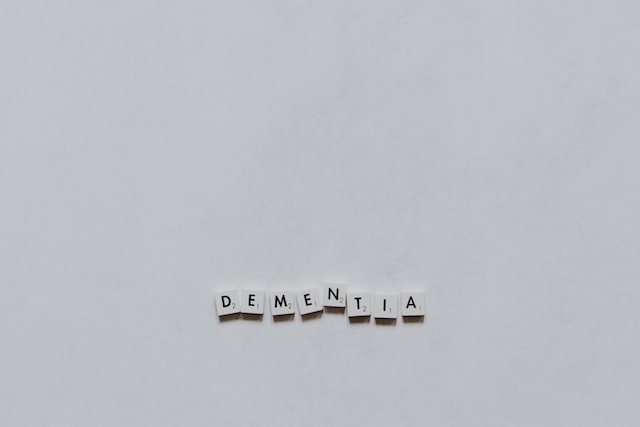Physical exercise has long been known to have positive effects on our physical health, from improving cardiovascular health to increasing muscle strength and flexibility. However, recent studies have shown that exercise also has a significant impact on our brain health and plasticity.
Brain plasticity, also known as neuroplasticity, refers to the brain’s ability to change and adapt throughout our lifetime. This process is essential for learning new skills, forming memories, and recovering from brain injuries. It is also crucial for maintaining overall brain health and preventing cognitive decline.
In the past, it was believed that the brain’s plasticity was limited to early childhood and decreased as we aged. However, research has now shown that the brain remains plastic throughout our lives, and physical exercise is a key factor in promoting this plasticity.
One of the main ways exercise impacts brain plasticity is by increasing the production of brain-derived neurotrophic factor (BDNF). BDNF is a protein that plays a crucial role in promoting the growth and survival of neurons, the cells in our brain responsible for transmitting information. Studies have shown that exercise increases the production of BDNF, which in turn enhances neuroplasticity.
Regular exercise has also been found to increase the size of the hippocampus, a region of the brain involved in memory formation and spatial navigation. This is particularly important as we age, as the hippocampus tends to shrink with age, leading to memory decline. Exercise has been shown to counteract this shrinkage and maintain the size of the hippocampus, thus preserving cognitive function.
Furthermore, exercise has been found to promote the formation of new neurons in the brain, a process known as neurogenesis. This was once thought to be impossible in adults, but studies have shown that aerobic exercise can indeed stimulate the production of new neurons in the hippocampus. This not only improves memory and learning but also helps repair any damage in this critical brain region.
In addition to promoting neuroplasticity, exercise has also been linked to improved mood and reduced stress and anxiety. This is due to the release of endorphins, chemicals in the brain that act as natural painkillers and mood boosters. Regular physical activity has been shown to increase the levels of these feel-good chemicals, leading to improved mental well-being.
Moreover, exercise has been found to have a positive impact on executive functions, which are the mental processes involved in planning, problem-solving, and decision-making. These functions are primarily controlled by the prefrontal cortex, a region of the brain that is highly plastic and responsive to changes in activity levels. Exercise has been shown to improve blood flow to this region, thus enhancing its function and promoting plasticity.
While any form of physical exercise can have a positive impact on brain plasticity, studies have found that aerobic exercise, such as running, swimming, or cycling, has the most significant effects. This is because these types of exercises increase heart rate and oxygen flow to the brain, which in turn promotes the production of BDNF and stimulates neurogenesis.
It is important to note that the benefits of exercise on brain plasticity are not limited to young individuals. Research has shown that exercise can have positive effects on the brain even in older adults. In fact, regular physical activity has been linked to a reduced risk of cognitive decline, dementia, and Alzheimer’s disease.
In conclusion, while the physical benefits of exercise are well-established, it is now clear that it also has a profound impact on our brain health and plasticity. By increasing the production of BDNF, promoting neurogenesis, and improving blood flow to critical brain regions, exercise can enhance our cognitive abilities, preserve memory function, and even protect against age-related cognitive decline. So, in addition to staying physically fit, let us all make an effort to include regular exercise in our routines for a healthier and more plastic brain.





